How it works; THE international Space Station
The International Space Station (ISS) is a remarkable example of international cooperation and scientific advancement in space exploration. It serves as a space laboratory and living quarters for astronauts from various countries, allowing them to conduct research, technology demonstrations, and experiments in a microgravity environment. Here's how the ISS works:
1. Modular Design: The ISS is made up of various interconnected modules, each serving a specific purpose. These modules include living quarters, laboratories, storage areas, and more. The modules are assembled in orbit, with components launched into space by different countries using rockets.
2. International Collaboration: The ISS is a joint effort involving multiple space agencies, including NASA (United States), Roscosmos (Russia), ESA (European Space Agency), JAXA (Japan Aerospace Exploration Agency), and CSA (Canadian Space Agency). These agencies contribute modules, technology, equipment, and crew members to the ISS.
3. Microgravity Environment: The ISS orbits Earth at an altitude of approximately 400 kilometers (about 250 miles). This orbit allows the station to experience a state of continuous freefall, creating a microgravity environment that enables scientists to conduct experiments that wouldn't be possible on Earth.
4. Research and Experiments: The ISS is primarily used for scientific research. Astronauts and researchers conduct experiments in various fields, such as biology, physics, astronomy, and materials science. The microgravity environment allows scientists to study the effects of weightlessness on different phenomena and develop new technologies.
5. Living Conditions: The ISS provides living quarters for astronauts, equipped with sleeping areas, hygiene facilities, a galley for preparing food, and exercise equipment to counteract the effects of muscle atrophy and bone loss in microgravity.
6. Crew Rotation: The ISS is inhabited by a rotating crew of astronauts from different countries. Crew members typically spend several months aboard the station before returning to Earth. New crew members are sent to the ISS regularly to maintain operations and continue the research.
7. Resupply Missions: Regular resupply missions are conducted to deliver essential supplies such as food, water, equipment, and scientific experiments to the ISS. Cargo spacecraft from various nations are used for these missions.
8. Communication and Control: The ISS is in constant communication with ground control centers around the world. These centers monitor the station's systems, provide guidance to the crew, and ensure the safety of the astronauts.
9. International Partnerships: The ISS is a symbol of international cooperation, with different countries contributing expertise and resources to keep the station operational. This collaboration extends to research, where scientists from various nations work together on experiments and share the results.
-
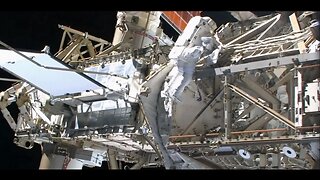 4:27
4:27
World Science Festival Archive Channel
1 year agoScience In The International Space Station
7 -
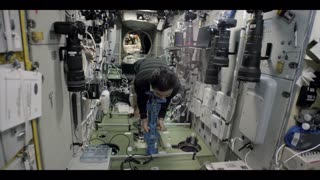 1:06
1:06
Eagles of Space
1 year agoLiving and working in NASA International Space Station
3 -
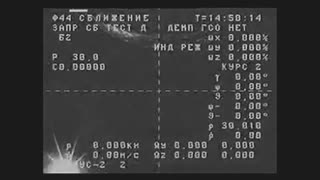 0:23
0:23
Nasa Adventures
5 months agoInternational Space Station
37 -
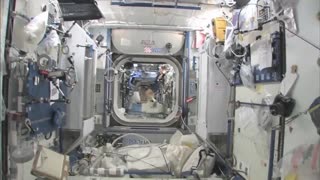 10:01
10:01
kh20
3 years agoLife Inside the International Space Station
921 -
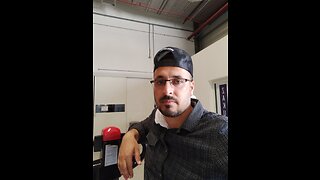 28:57
28:57
waseemrazzaq555
9 months agoHow it work : International space station
-
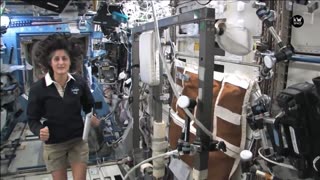 29:16
29:16
Journey Beyond Adventures
9 months agoNASA International Space Station
7 -
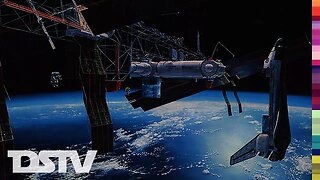 7:40
7:40
DeepSpaceTV
1 year agoBefore The ISS There Was The Freedom Space Station
15 -
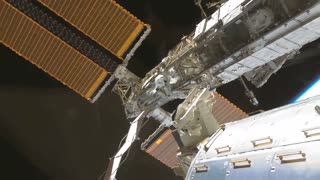 10:01
10:01
Beyond Earth: NASA and Space
1 year agoTour the International Space Station - Inside ISS - HD
14 -
 1:37
1:37
Eagles of Space
1 year agoNASA International Space Station of Earth
4 -
 0:05
0:05
Skillful Amateur
1 year agoAstronaut in the International Space Station!
12